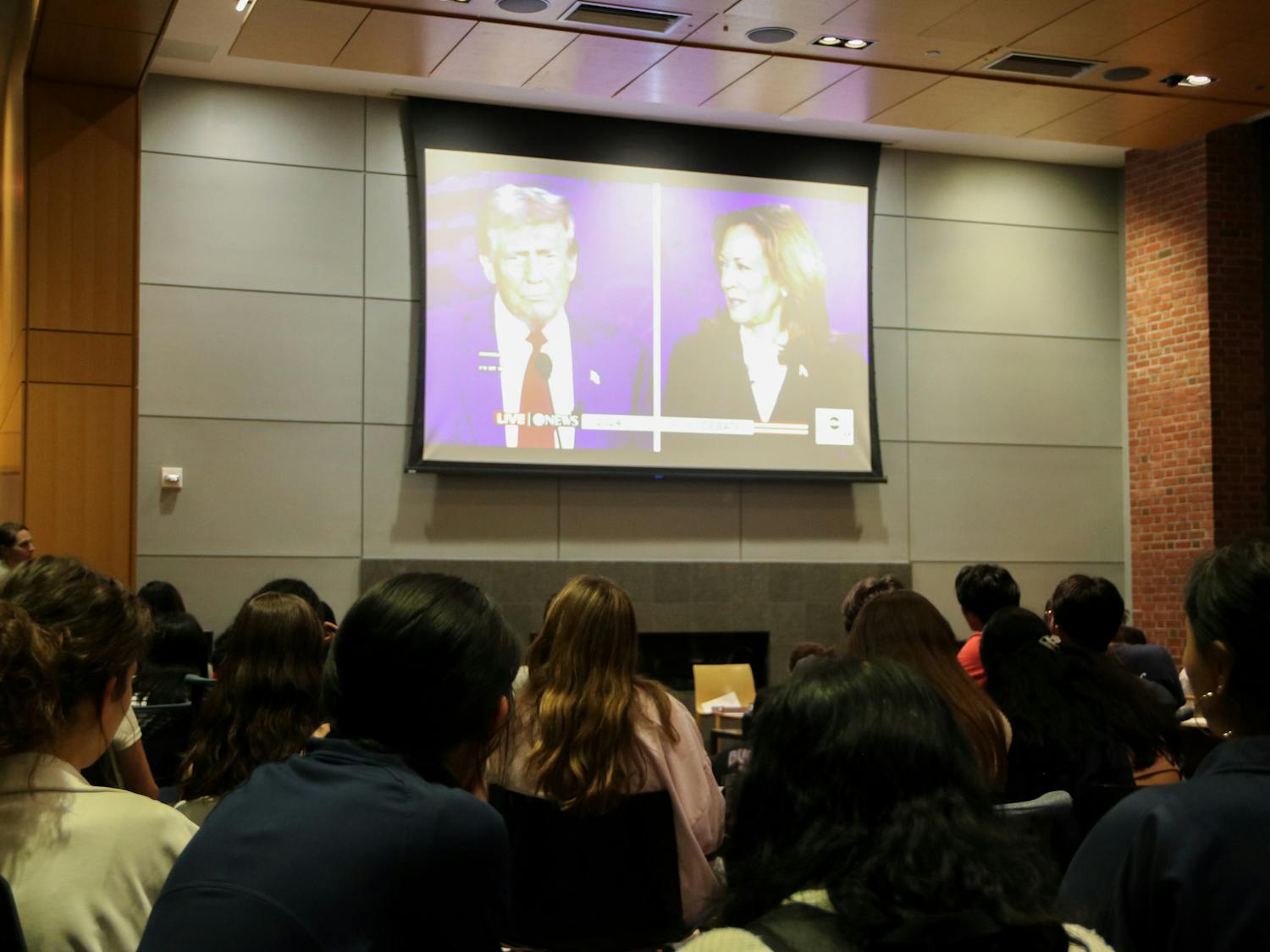I've lived in Charleston, W. Va., for my entire life. When one envisions Charleston, I'm sure they envision endless country, farms and, maybe, scary rednecks who kill people in the woods. That's not too far from the truth. Although I've never been accosted in the forest, I have definitely had some interesting encounters with the local rednecks. Picture a high school graduation. Elated students clad in caps and gowns. Cheering parents in the audience. Lots of smiles, picture taking -- the whole deal. As names are called, we graduates wait anxiously, thinking about family and friends sitting in the audience with their cameras ready and a growing pride for the graduates. Now, cue the rednecks who are sitting in the balcony of the auditorium -- along with beer and one really big Confederate flag. Then again, maybe it just seemed really big because I'm a little brown girl. Regardless, every time a person of color crossed the stage to get their diploma that day, there was a roar from the balcony, just as that enormous flag was shaken around for the benefit of the audience. And who the audience for that flag display? Almost exclusively, it was the graduates of color, since we were the only ones facing that direction. It's always been interesting to me that often, racists have no problem hating all types of people, while those of us who suffer the effects of racism are so divided within our own communities. Indians, for example, were few and far between in this country at the time of the Civil War. But the Confederate flag is still used to intimidate people of color -- including Indians -- regardless of their specific race or ethnicity. Even so, when I once told a friend of mine -- who happens to be very concerned about issues of race and racism -- that I have been the target of such slurs as, "Go home, Indian," he was surprised. Shocked even. He was shocked that people of all different racial backgrounds experience blatant racism. This is not to say that all people think the same way he does, but it's enough for me that one person does. We live in a society that often presumes that certain minority groups are better than others. The model minority myth has created resentment between Asians, Latinos and blacks. Asians are typically seen as the ones who did it "right," while blacks and Latinos are criticized implicitly and explicitly for not achieving the same standard. What is often not understood is the history and social conditions that have created the different socioeconomic situations of minority groups. In different ways, each of these groups have attained measures of success in America. We often see race in America in terms of black and white. Asian-Americans haven't found a place in such a dichotomous model. And in many ways, the lack of Asian American presence in discussions about race contributes to their marginalization in terms of political power and presence. Regardless of that treatment, the myth of the model minority still states that Asians are doing better in America than any other minority group. I question the degree to which this is true. For people of color as a whole to have a powerful presence and demand those things that are our right, we must question the forces that keep us from uniting as a force to be reckoned with. It is essential that minority issues not be viewed as those concerning only the minority. It should concern any student, regardless of their race or ethnicity, that recruitment and retention rates of particular minorities at Penn are so low, or that there are so few minority faculty to mentor students of color. Racism doesn't happen in a vacuum. The ways in which we reinforce social and cultural norms oftentimes reinforce particular perceptions about people that are rarely true. It is important that we all recognize our responsibility to work together to equalize our society. Otherwise, any one of us could find our rights taken from us should we one day find ourselves in the minority.
The Daily Pennsylvanian is an independent, student-run newspaper. Please consider making a donation to support the coverage that shapes the University. Your generosity ensures a future of strong journalism at Penn.
DonateMore Like This
Diya Choksey | Deflating grades will not inflate curiosity
By
Diya Choksey
·
13 hours ago
Abhiram Juvvadi | Who actually matters at Penn?
By
Abhiram Juvvadi
·
2 days ago
Sohum Sheth | It was never just about land
By
Sohum Sheth
·
Dec. 4, 2025








